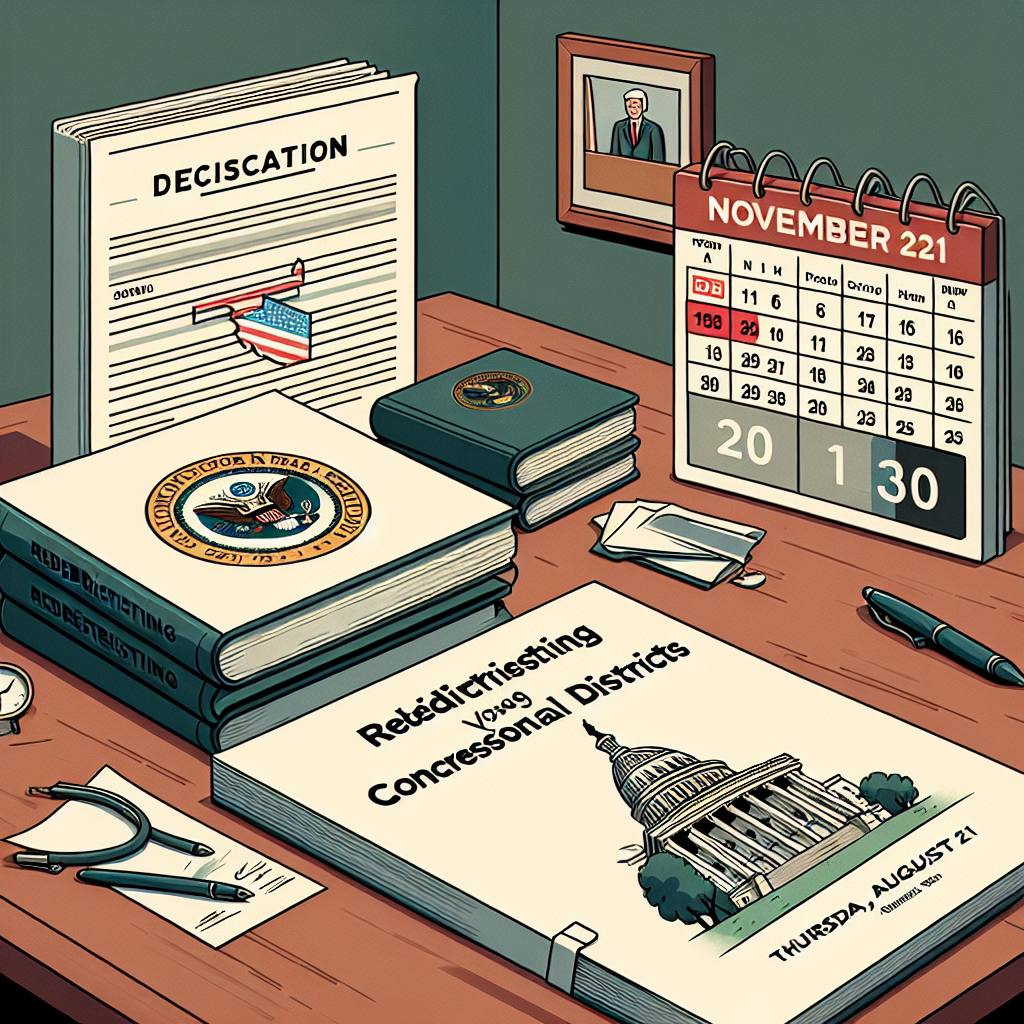The California State Senate and Assembly swiftly passed a package of bills titled the “Redistricting Congressional Districts” on Thursday, August 21, and approximately 30 minutes later, Governor Gavin Newsom signed it into law. A special election will be held on November 4 for California voters to decide whether to approve the redrawing of the state’s congressional district map.
This legislation was approved by a vote of 57-20 in the California State Assembly and by a margin of 30-8 in the State Senate on Thursday. The bills were consolidated into the “Election Rigging Response Act,” which includes provisions for creating new congressional district maps, authorizing the new maps to replace the current versions, and announcing a special election on November 4 to seek input from California voters on the proposed changes.
The latest move in California is aimed at helping the Democratic Party gain more seats in the House of Representatives in the 2026 midterm elections to offset the potential seat advantage Republicans could gain in Texas after redistricting.
Newsom stated that this action is intended to “fight fire with fire” in response to Texas’s attempts to add five seats for Republicans in the federal House of Representatives through redistricting.
Leaders of both houses of the California legislature also supported this legislation. Assembly Speaker Robert Rivas stated, “We are prepared to fight tooth and nail and fight fire with fire. We will spare no effort to defend democracy, to protect the voice, votes, and rights of every American.”
The day before California passed the bills, on August 20, following Texas Republicans’ redrawing of congressional districts, Democratic members of the Texas House of Representatives ended their two-week walkout and returned to participate in the vote. The Texas House, divided along party lines, approved a new congressional district map by a vote of 88-52.
The Texas Senate committee approved the new map bill on the evening of August 21, with a final vote expected after the State Senate reconvenes on Friday, August 22. Once approved, the bill will be sent to Governor Greg Abbott for signing.
California, the most populous state in the U.S., has 52 seats in the House of Representatives, with Democrats holding 43 seats.
The legislative measures will adjust the boundaries of five congressional districts currently under Republican control in California, increasing the proportion of Democratic voters in those districts to enhance the chances of Democratic candidates winning in those areas.
California Republican Congressmen Kevin Kiley, Doug LaMalfa, and Ken Calvert may be affected by the district adjustments. The Cook Political Report indicates that Republican members Darrell Issa and David Valadao’s seats are also at risk, though they may still be retained, winning re-election after redistricting will be more challenging.
According to a “State Constitution Amendment” passed in 2008, California’s district division is supposed to be overseen by an independent commission.
To circumvent this mechanism, Newsom and California Democrats pushed for a new referendum to temporarily bypass the nonpartisan commission and allow voters to approve the Democratic Party’s proposed district map.
Congressional district maps are typically redrawn nationwide every ten years following the census, making the mid-decade redrawing of districts in California and Texas relatively rare.

